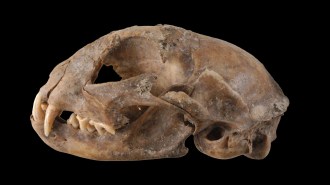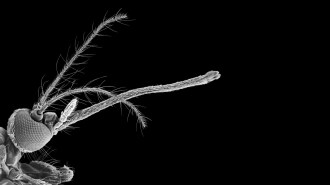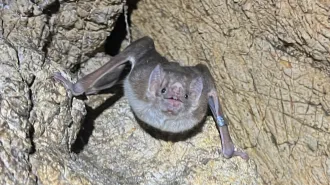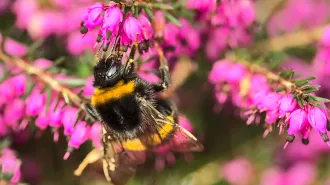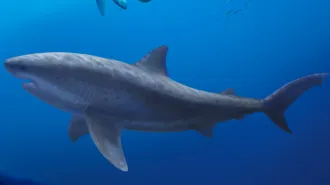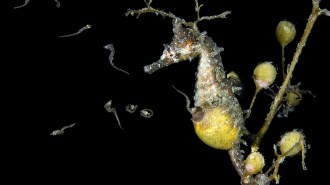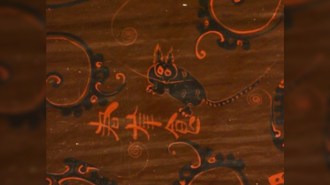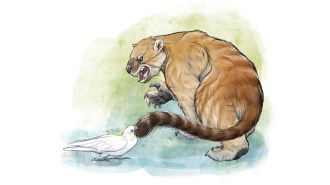Don’t judge a whale’s gut microbiome by diet alone
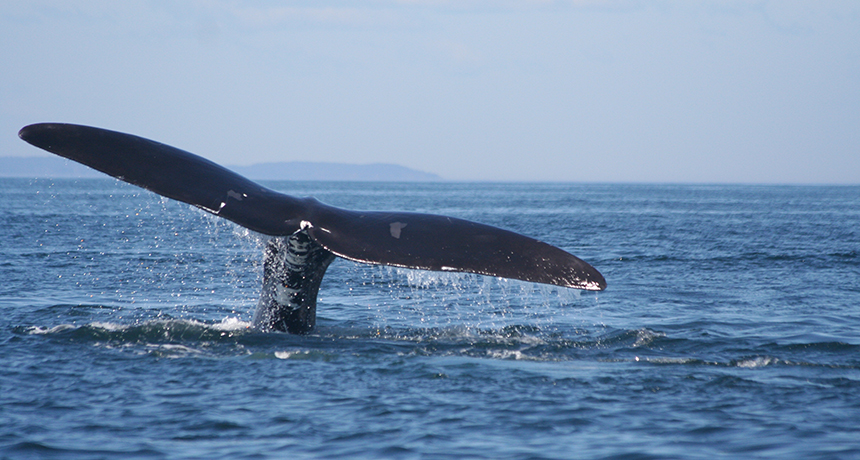
Researchers sampled excrement from right whales (one pictured) feeding in the Bay of Fundy in New Brunswick, Canada, to get a snapshot of the microbes that inhabit the guts of baleen whale species.
Annabel Beichman
